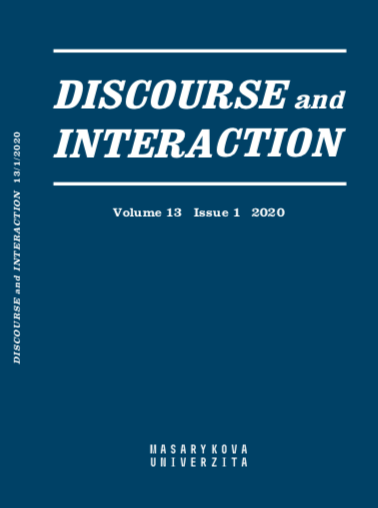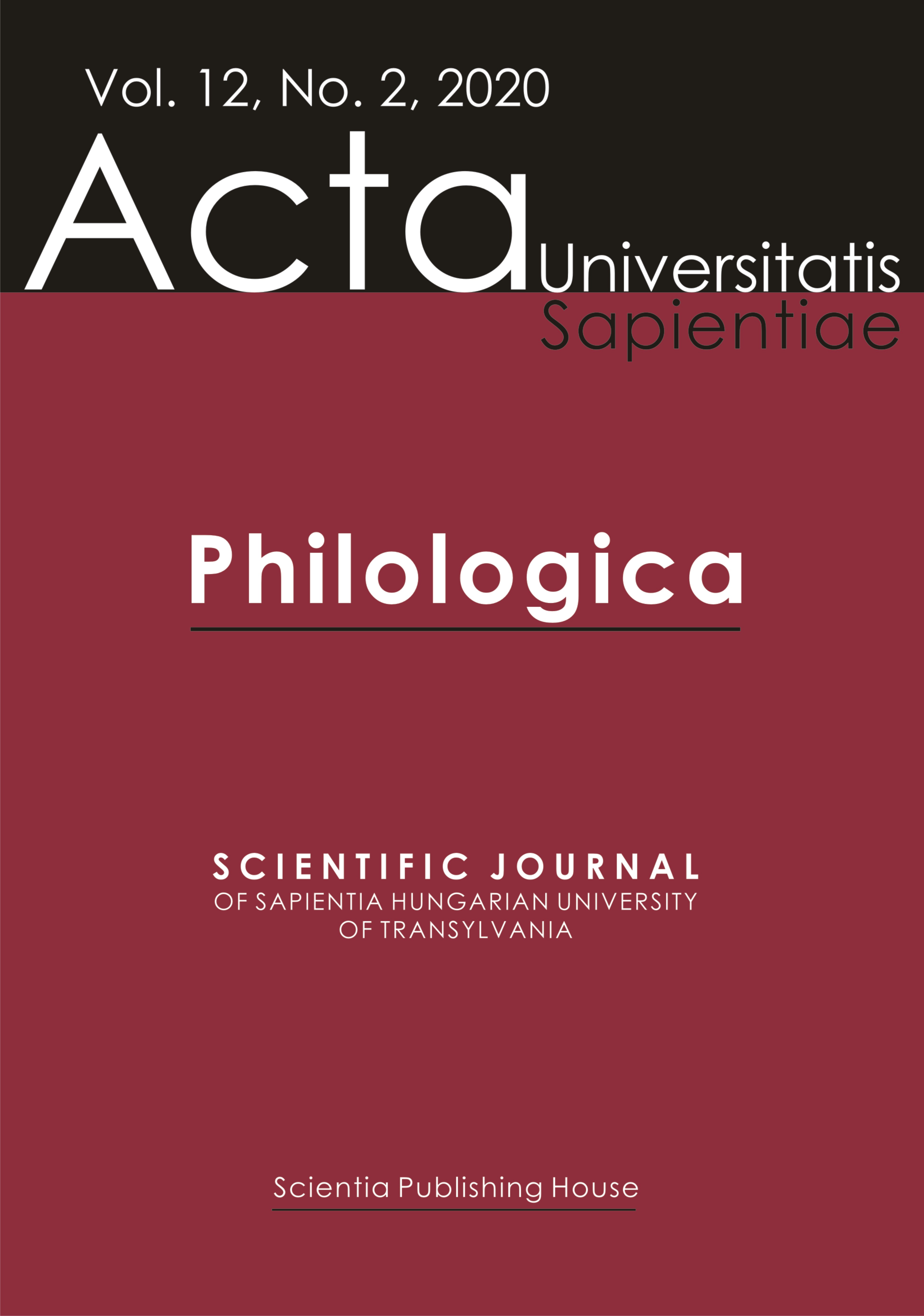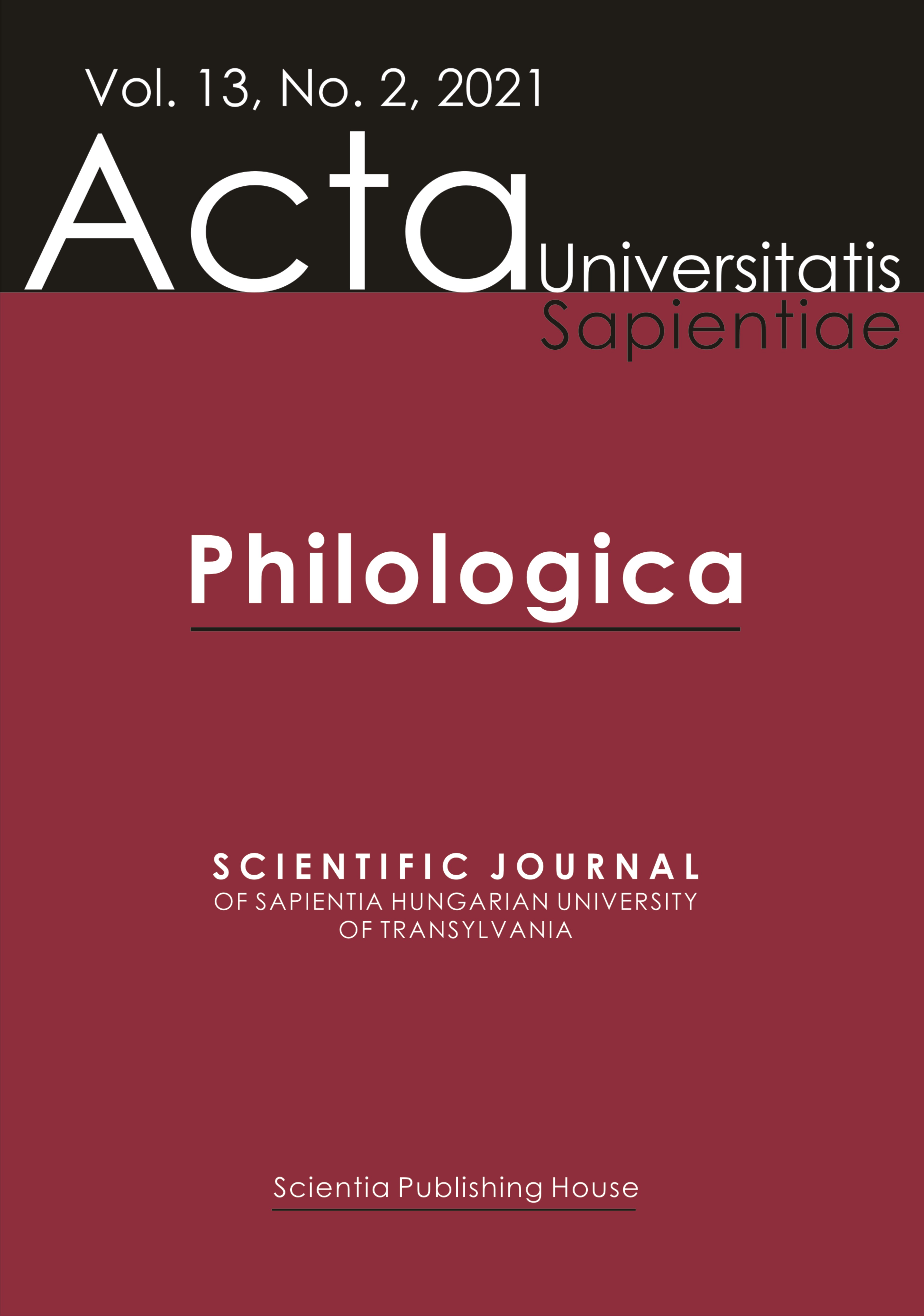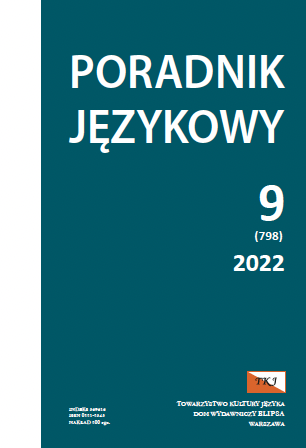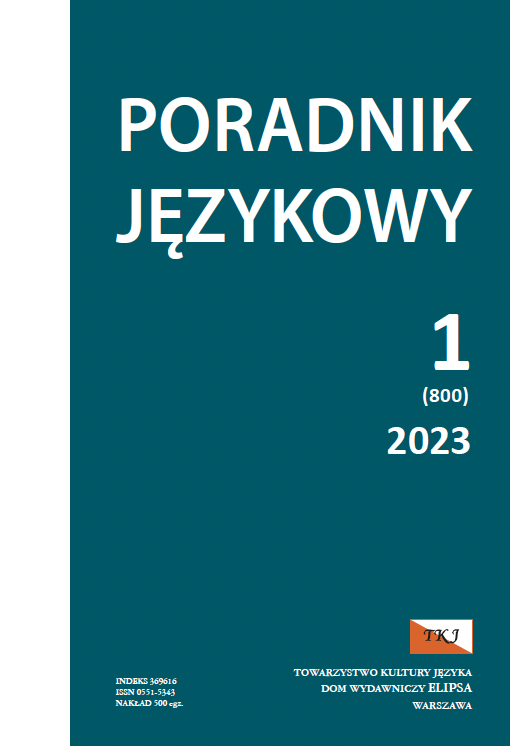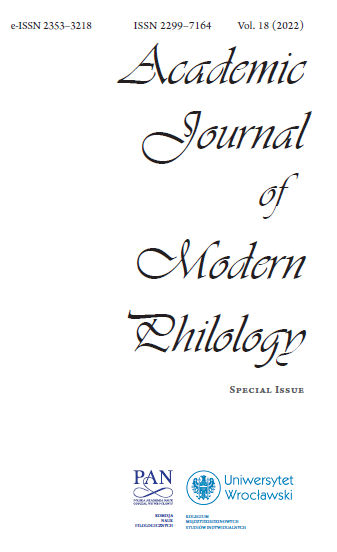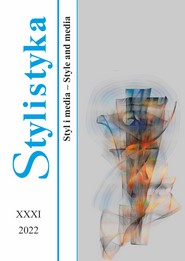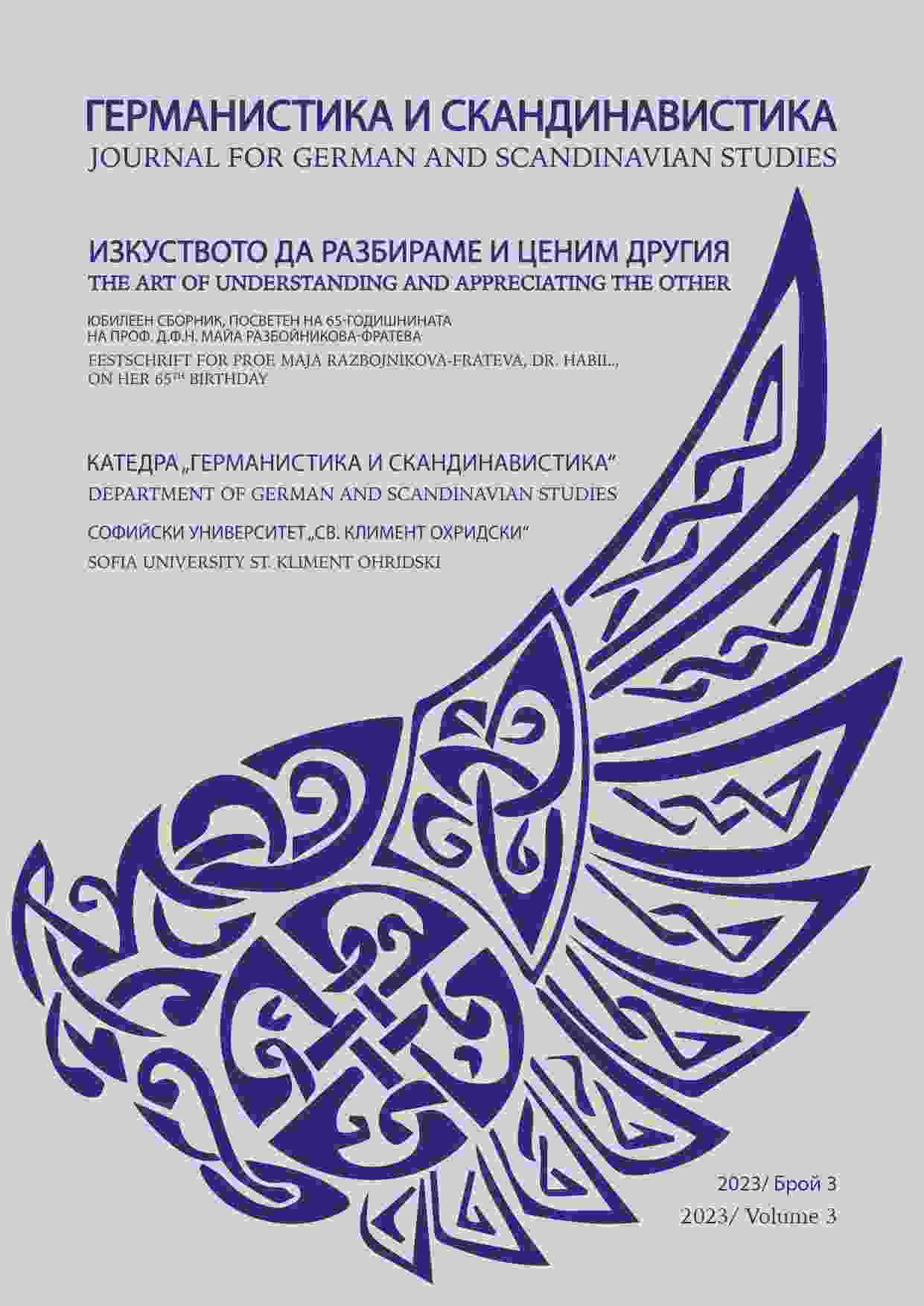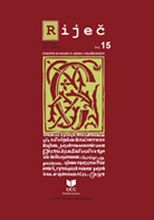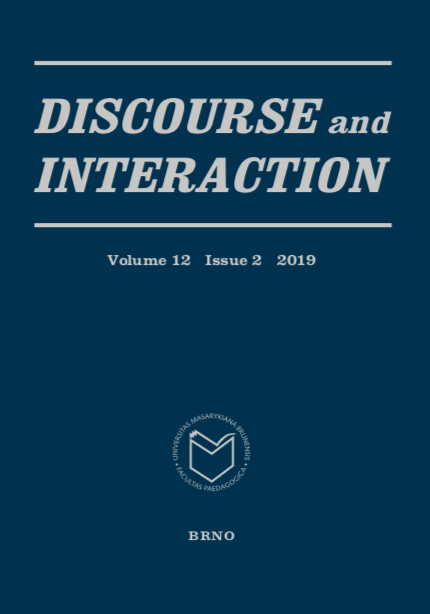
Rhetorical structure of promotional genres: The case of research article and conference abstracts
This paper focuses on the rhetorical structure of research article and conference abstracts in Linguistics. The study employs quantitative and qualitative analysis and is based on a self-compiled corpus of abstracts from two prestigious linguistic journals (Linguistics and The Journal of Linguistics) and conference abstracts from the 49th Annual Meeting of the international society of linguists Societas Linguistica Europaea. The results show that the key moves (‘Background’, ‘Purpose’, ‘Methods’, ‘Results’) are distributed fairly similarly across the two types of abstracts; however, the ways they are employed are not always similar. Two additional moves were identified in our data set (‘Niche Opening’ and ‘Announcing Position’), which signal different promotional strategies employed by researchers.
More...
